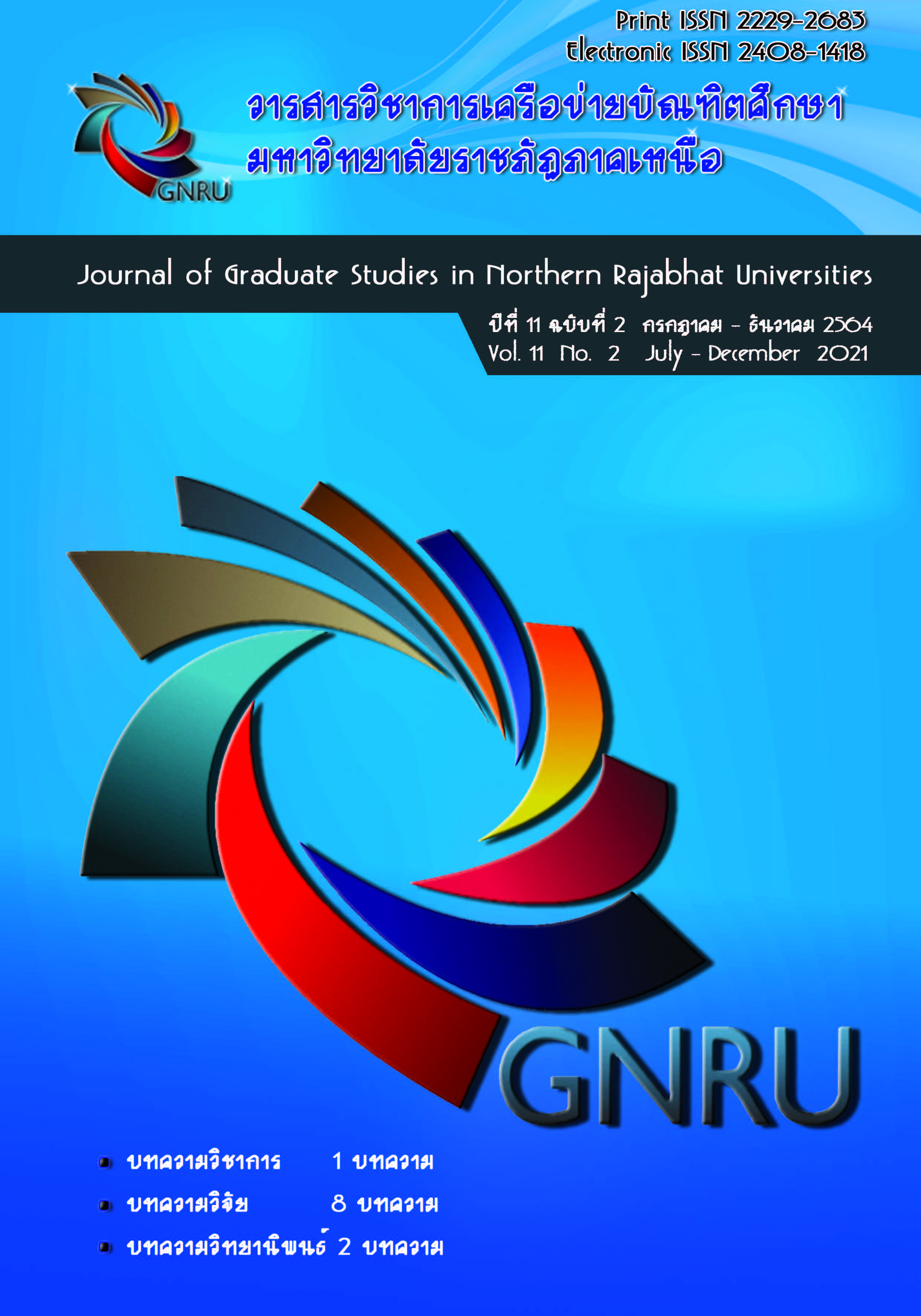ทำไมรายจ่ายสาธารณะด้านสาธารณสุขถึงไม่สามารถปรับปรุงผลลัพธ์ทางสาธารณสุข ในประเทศกลุ่มรายได้ปานกลางและต่ำ Why Can’t Public Health Expenditure Improve Health Outcomes for Middle- and Low-income Countries?
Main Article Content
Abstract
งบประมาณด้านสาธารณสุขที่มีอยู่อย่างจำกัดนับเป็นอุปสรรคสำคัญของการดำเนินกิจกรรมด้านสาธารณสุขของประเทศในกลุ่มรายได้ปานกลางและรายได้ต่ำซึ่งเป็นปรากฎการณ์ที่พบเห็นได้ทั่วโลกงานวิจัยหลายชิ้นบ่งชี้ว่ารายจ่ายด้านสาธารณสุขที่รัฐบาลในกลุ่มประเทศรายได้ปานกลางและรายได้ต่ำใช้จ่ายไปนั้น ไม่สามารถส่งผลให้เกิดลัพธ์ที่ดีขึ้นได้ งานชิ้นนี้นำเสนอสภาพโดยทั่วไปของรายจ่ายสาธารณะด้านสาธารณสุขของกลุ่มประเทศรายได้ปานกลางและต่ำ เพื่อชี้ให้เห็นถึงสาเหตุที่นำไปสู่สภาพรายจ่ายที่ไม่สามารถทำให้เกิดผลลัพธ์ที่ดีขึ้นได้ด้วยมุมมองรัฐประศาสนศาสตร์และการตัดสินใจเชิงนโยบาย ซึ่งสามารถสรุปสาเหตุได้ คือ 1.รายจ่ายที่ไม่ขยายตัว 2.ความซับซ้อนและการทุจริตในกระบวนการนำนโยบายไปปฏิบัติ 3.ปัจจัยแวดล้อมอื่น เช่น พฤติกรรมสุขภาพของประชากรในกลุ่มประเทศรายได้ปานกลางและต่ำ นอกจากนี้ยังได้นำเสนอแนวทางปรับปรุงการใช้จ่ายที่สามารถกระทำได้ คือ 1.ยุทธศาสตร์สาธารณสุขเชิงป้องกัน 2.การเลือกกลุ่มเป้าหมายนโยบายด้วยมุมมอง Quasi-Experiment Design
Limited public health budget monies are a major obstacle to the implementation of public health efforts in middle- and low-income countries. This is a global phenomenon. Several studies have indicated that public health expenditures of governments in middle- and low-income countries have failed to produce improved health outcomes. This research provides a general view of public health expenditures of middle- and low-income countries, which aimed to identify the causes behind the failure to achieve better health outcomes from public health expenditures through public administration- and policy decision-based points of views. The identified causes included: 1. A lack of expansion of public health expenditures, 2. Complexity and corruption in the policy implementation process, and 3. Other factors, e.g. the health behavior of populations in the middle- and low-income countries. The approaches to optimize public expenditures, as suggested by this research, include: 1. Preventive healthcare strategies and 2. Quasi-experimental design-based target group selection.
Article Details
References
Anyanwu, J. C., & Erhijakpor, A. E. O. (2007). Health expenditures and health outcomes in Africa. African Development Review, 21(2), 400-433. doi: 10.1111/j.1467-8268.2009.0015.x.
Burnside, C., & Dollar, D. (1998). Aid, the incentive regime and poverty reduction. Washington, DC: The World Bank.
Carrin, G., & Politi, C. (1995). Exploring the health impact of economic growth, poverty reduction, and public expenditure. Tijdschrift voor Economie en Management, 40(3-4), 227-247.
Filmer, D., & Pritchett, L. (1999). The impact of public spending on health: Does money matter?. Social Science and Medicine, 49(10), 1309-1323.
Gupta, S., Verhoeven, M., & Tiongson, T. (1999). Does higher government spending buy better results in education and health care?. Washington, DC: International Monetary Fund.
Issa, H. & Ouattara, B. (2005). The effect of private and public health on infant mortality rates :Does the Level of development matters?. Retrieved from http://citeseerx.ist.psu.edu/viewdoc/download?doi=10.1.1.63.9133&rep=rep1 &type=pdf.
Kaufman, D., Kraay, A., & Mastruzzi, M. (2004). Governance matters III: Governance indicators for 1996, 1998, 2000, and 2002. World Bank Economic Review, 18(2), 253-287.
Musgrove, P. (1996). Public and private roles in health. Washington, DC: World Bank.
Osborne, S. P. (2010). The New Public Governance?: Emerging Perspectives on the Theory and Practice of Public Governance. New York: NY: Routledge.
Rajkumar, A. S., & Swaroop, V. (2002). Public spending and outcomes: Does governance matter?. Washington DC: The World Bank.
Techaniyom, K., Sahapattana, P., & Thepmongkol, A. (2018). “Factors Affecting Health Outcomes : A Case Study of middle and low income level contries”. Sutthiparithat Journal, 32, 149-159.
The World Bank. (2004). Attaining the millennium development unit, South Asia Region. Washington DC: The World Bank.


